Abstract
In this paper I will investigate some properties of a special group of tilings. Namely those tiling’s that can be coloured with only two different colours in such a way that every set of two tiles which have a common edge have a different colour. In the works of M.C. Escher these tiling’s play an important role. In his book Regelmatige Vlakverdeling [1] M.C. Escher writes about the foreground-background phenomenon of this group of tilings. In fact these 2-colorable tilings can be seen as a compound of two groups of tiles. And so we can split a 2-colorable tiling in two sets of tiles and we can concentrate on only one of these sets.
1. Introduction
1.1. Foreground - Background. In M.C. Escher’s print Houtsnede II we see many figures, "flying fish", of which some are dark and some are light. It is hard to concentrate on all of them at the same time. You see either “white” flying fisches on a black background or “black” flying fishes on a white background. In many more of his prints Escher experimented with this phenomenon. In this example the foreground changes to background from left to right and vice versa. Especially in tiling patterns that can be coloured with only two colours we see this division in two groups of tiles.
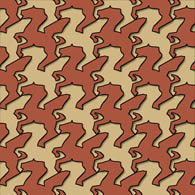
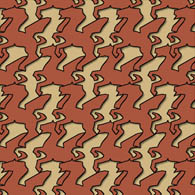
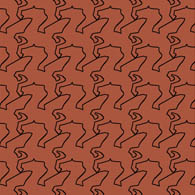
Figure 1a: Red Horses
Figure 1b: Sliding together
Figure 1c: Original Tiling
2.1. Black and White. Let us try to understand what is happening during this sliding transformation. In Figure 2 we start with a simple square pattern of which we slide the tiles away from each other.
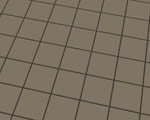
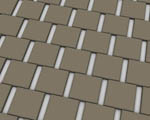
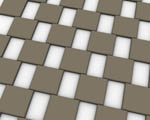
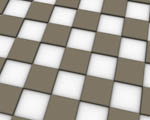
Figure 2a: Squares
Figure 2b: Sliding
Figure 2c: Sliding
Figure 2d: Squares
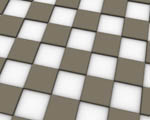
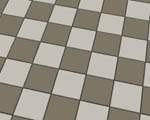
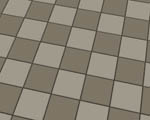
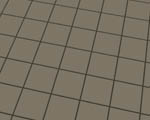
Figure 3a: Squares
Figure 3b: Sliding
Figure 3c: Sliding
Figure 3d: Squares